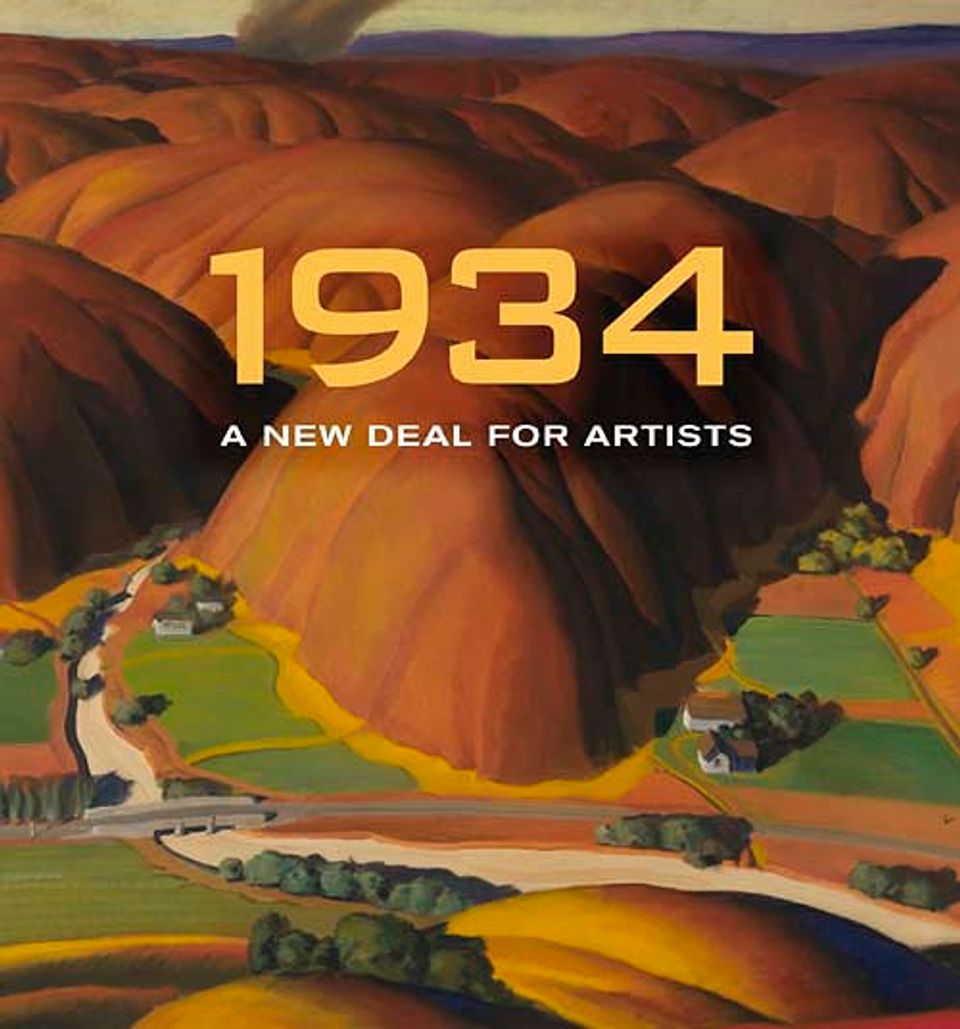E. Dewey Albinson
- Also known as
- Ernest Dewey Albinson
- Dewey Albinson
- Born
- Minneapolis, Minnesota, United States
- Died
- Mexico
- Nationalities
- American
- Biography
When he was twelve, Dewey Albinson was shot in the leg by a group of boys who had stolen his bicycle. He left high school and spent a lot of time at home, sketching and painting to fill his free time. He studied at the Art Students League in New York, then spent most of the 1920s and ’30s painting the towns, landscapes, and mines of Minnesota. He joked once that he had painted “every outhouse from Minneapolis to Canada” (Loran, “Minnesota Artists,” American Magazine of Art, January 1938). Albinson created images for the Public Works of Art Project and also acted as state director of the Minnesota educational division. In the late 1930s he spent several summers as a “recluse” on a small island on Lake Superior, leaving in the fall only after an inch of ice had formed in his wash pail. Albinson lived the last years of his life in Mexico, where he suffered paralysis caused by his childhood injury and had to pull himself around on a dolly in order to paint. (Swanson, “A Study of Dewey Albinson,” n.d., unpublished ms., SAAM curatorial file)














